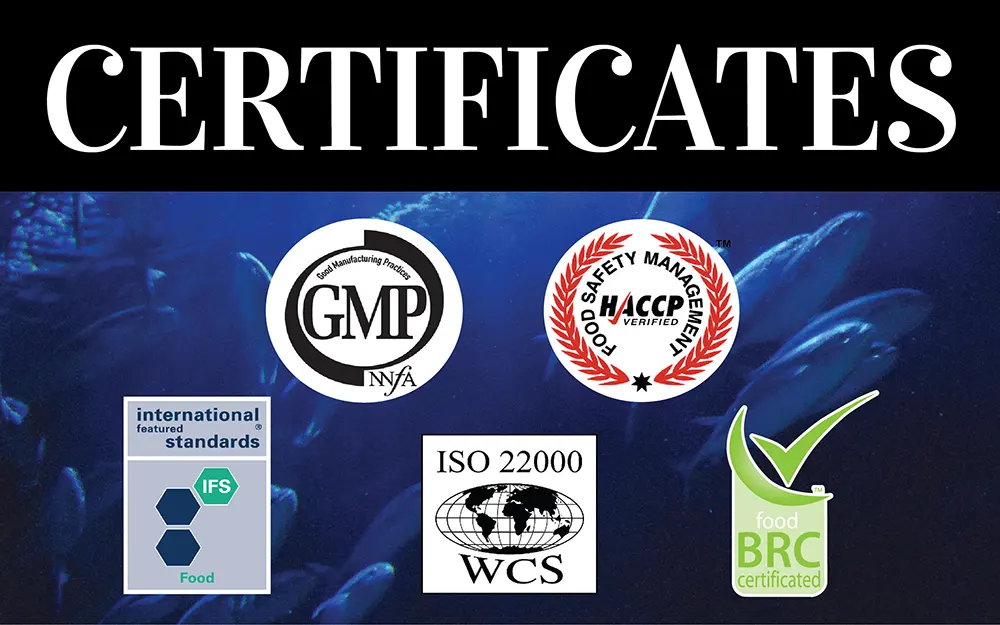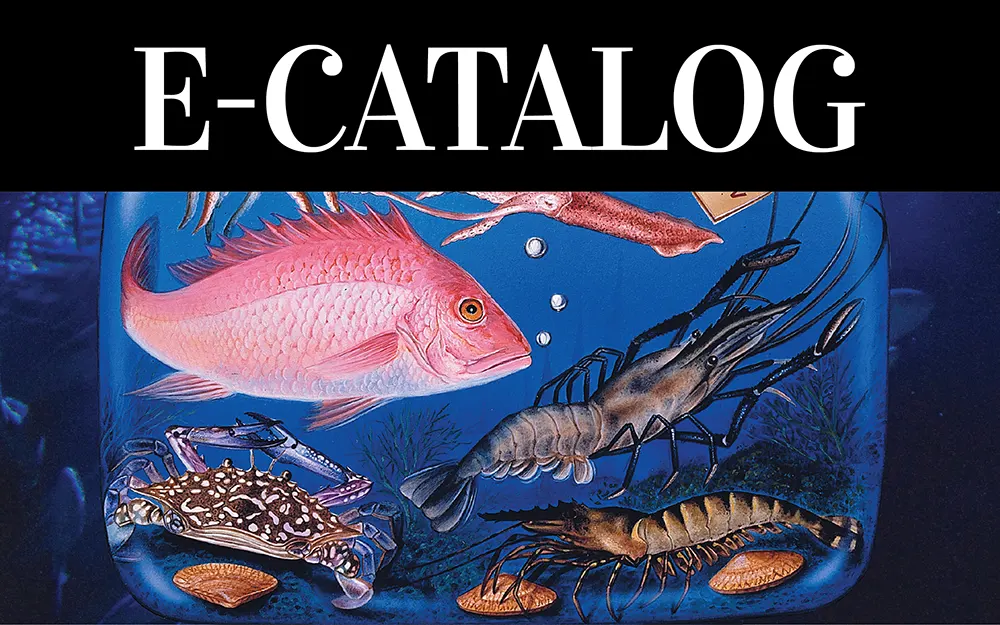
‘Shipping has been a nightmare’: Global container freight crisis batters seafood sector: Intrafish
Seafood companies bear the brunt of freight rate increases as shipping containers are stranded in the wrong areas of the world.

John Evans and Dominic Welling: IntraFish
A shortage of shipping containers has driven up freight costs massively for seafood importers to the United States and Europe.
A year ago with the COVID-19 epidemic in China threatening to spread well beyond Asia, seafood companies in Europe and the United States faced delays in getting containers of frozen processed products back because they were held up by backlogs at Chinese ports working at reduced capacity because of lockdowns or illness among the workforce.
But now the situation has turned on its head. Chinese and Asian exporters are facing delays in getting containers back from regions on the other side of the world.
“One of the big problems facing the container industry right now is that boxes are located in a variety of places around the world, not necessarily where they need to be to load out goods, so it is driving up container traffic massively,” Euronav Head of Fuel Procurement Rustin Edwards told Bloomberg TV.
A quicker recovery in China from COVID-19 than other countries means the production of goods ramped up and exports of goods in shipping containers increased. Additionally tighter checks on seafood imports after the discovery of traces of the coronavirus have slowed the return of containers to Europe and the United States.
Warehouse space issues in the US market caused delays in unloading containers, while in ports in New York and Los Angeles weather conditions and worker absences due to COVID are being blamed for the sluggishness in getting consignments and their containers processed.
Rate increases up to 400%
“Shipping has been a nightmare,” said Jim Gulkin, managing director at Siam Canadian, noting that China has been affected the worst, although there are problems throughout Asia and elsewhere in the world.
Shortages of containers has ostensibly been caused by great a reduction in imports into China due to COVID, meaning far fewer empty boxes to ship for export. Other countries have also been affected by their own reduced imports, as well by a knock-on effect from China, Gulkin said.
“Shipping rates have increased by anywhere from 20 percent to 400 percent.”
As a consequence of all this, higher container rates may be here for the rest of the year analysts say, predicting that companies that have suffered from much higher shipping costs are going to have to absorb them or pass them on to customers.
“The biggest challenge at the moment is not prices. It’s about getting the product from India or Vietnam into the US market,” one US seafood importer said.
Domino effect
Last month worried executives at the European Freight Forwarders Association and the European Shippers’ Council wrote to the EU Commission blaming the current shortage of empty containers on an unprecedented number of blank sailings, up to 30 percent. This, combined with the lack of reliability with only 50 percent of ships on time over the last year, has led to the current shortage of empty containers.
“Carriers are trying to ship containers back to China as fast as possible simply because there is a need and profits are extremely attractive,” the trade groups wrote.
“But this has meanwhile led to a domino effect in as far as there is general shortage of equipment for European exports. As a consequence, forwarders and shippers are now also confronted with all sorts of new surcharges such as ‘equipment imbalance surcharges’ which carriers are imposing.”
An exaggerated issue?
While seafood traders recognize there is a genuine problem, there is a view that it has been greatly exaggerated to the benefit of the shipping companies who have had a spectacular year.
“We are not seeing a normal functioning market at the moment – it is very off and that obviously creates a lot of extra work,” said Thue Barfod, global head of the fish and seafood cargo segment at Maersk Line, the world’s largest container shipping company.
The situation, he said, has been exacerbated by the consumption and demand for so-called “dry goods” in Europe and the United States coming from China and the rest of Asia because consumers, unable to travel or go to bars and restaurants, are spending all their money on TVs, furniture, cell phones and renovating their homes.
“Because of strong demand, containers we have available are stuck in the wrong locations and there are difficulties as an industry in getting them back to the right place because ships are full with very high paying dry cargo,” Barfod said.
He cited FAO forecasts predicting seafood trade would be down 15-20 percent for 2020. Most people are in agreement on 15 percent, he said.
In the second half of 2019 and at the beginning of 2020 there was a huge influx of reefer containers inbound to Asia containing meat from the United States, Brazil and other countries following the African Swine Flu pandemic that saw pork production in China drop 50 percent. The huge influx of reefers pushed up market prices, the executive noted.
Expecting vessels to be empty and demand to crash through the floor after the onset of the pandemic, shipping lines sent vessels to shipyards to carry out refit work, reducing availability for exporters.
This reduction in capacity, and the filling of vessels with dry cargo has pushed container rates up to $8,000 to $10,000 (€6,599-8,249) for spot rates. The rates, depending on destination, are double or triple what they used to be, Barfod said. One seafood industry source even mentioned rates of $12,000-$14,000 (€9,898-11,549).
While rates may have actually come down a little bit in anticipation of what happens after Chinese New Year, when the reefer situation may improve, there may be little to cheer about over the next few months, Barfod said.
“My expectation is pressure will start getting better from a reefer perspective after Chinese New Year. I don’t it see getting back to normal or more reasonable levels until the third quarter of 2021 and don’t think we will see a return to what we had before the crisis started.”
A lack of container replacement
The situation is not helped by older containers coming to the end of their working lives, and although some reefer containers are being replaced there is not much actual growth in numbers.
Reefer vessels generally cater to Alaska fisheries, carrying pollock and other whitefish, while the Russian sector is much more reliant on reefer vessels sailing to processing centers in the Chinese ports of Qingdao and Dalian.
This left them exposed in October when Qingdao closed access for Russian reefer vessels because of contamination. While Qingdao is now operating at very low levels, Dalian later closed off access to Russian reefer vessels, as well as containers coming in.
Meantime, French seafood trade body FranceAgrimer played down a local TV news report that said disruption to shipping container services was threatening deliveries of frozen fish and seafood among other items such as consumer electronics to France, while the costs of containers had risen as much as four or five times.
“People are still consuming frozen fish,” the trade association’s representative Monique Tran said. “One shouldn’t generalize.



